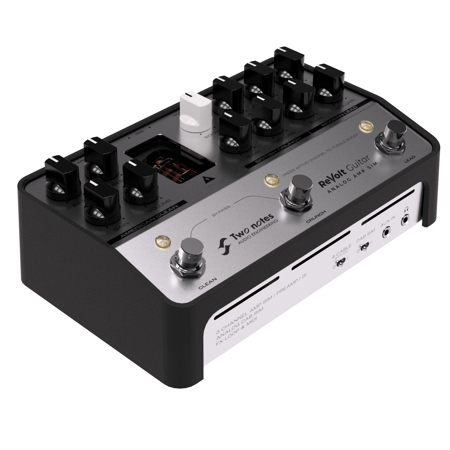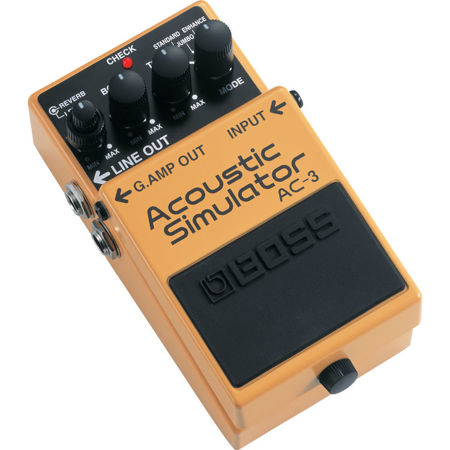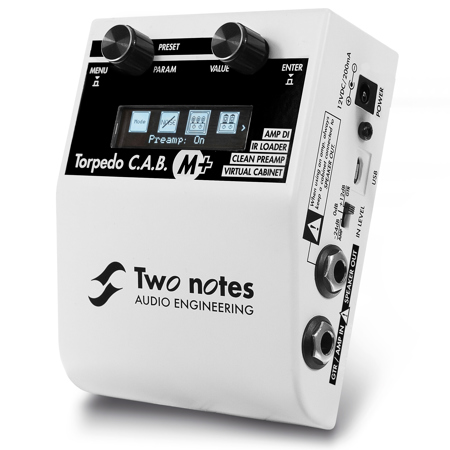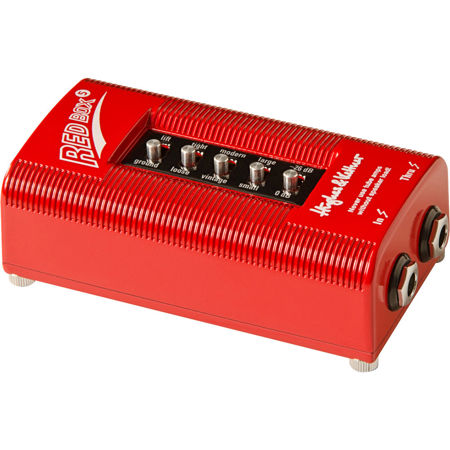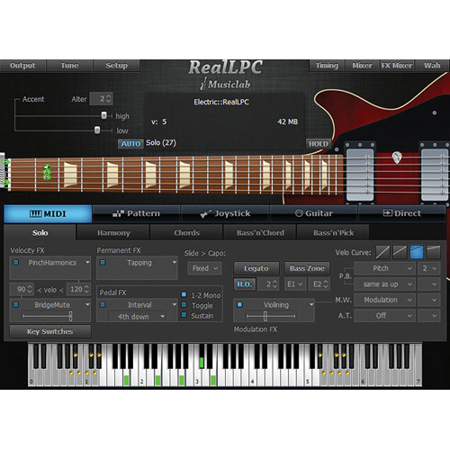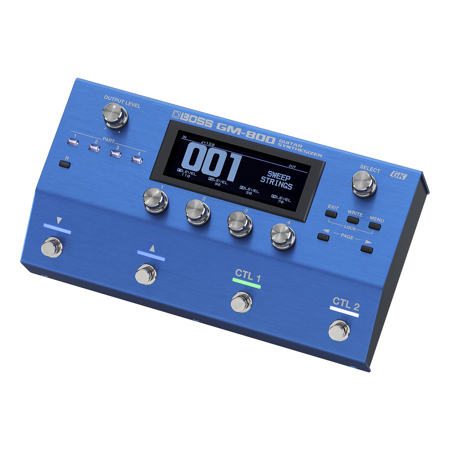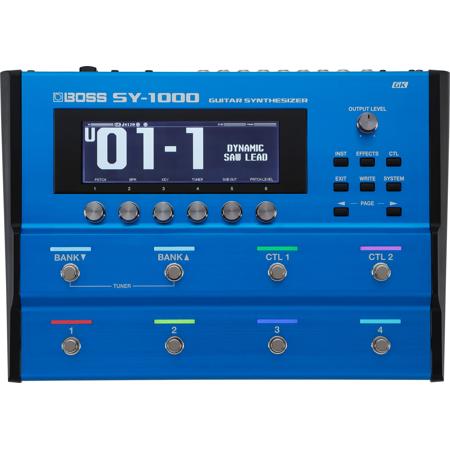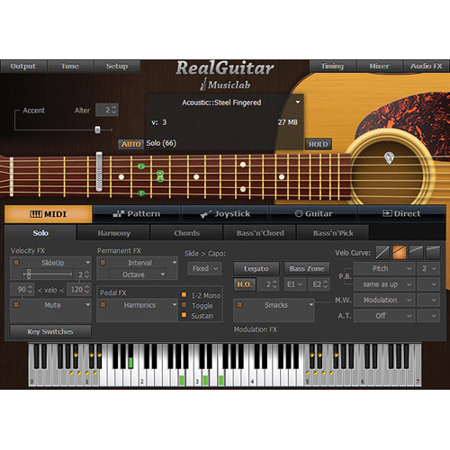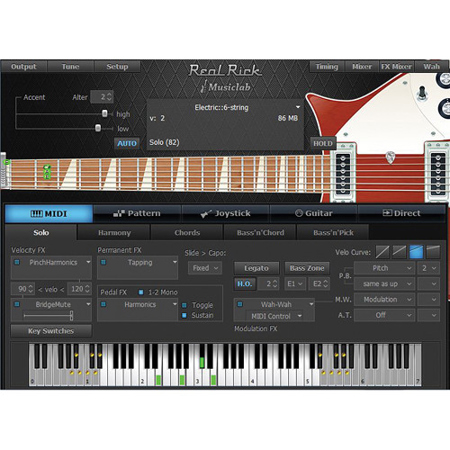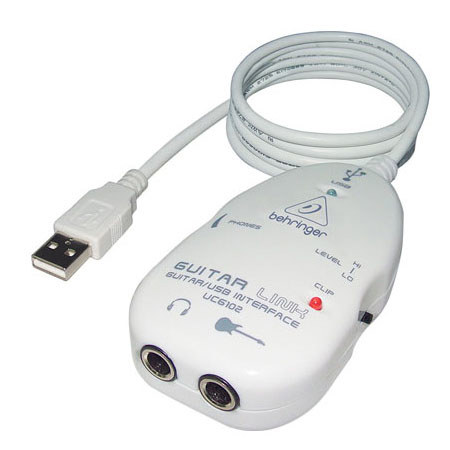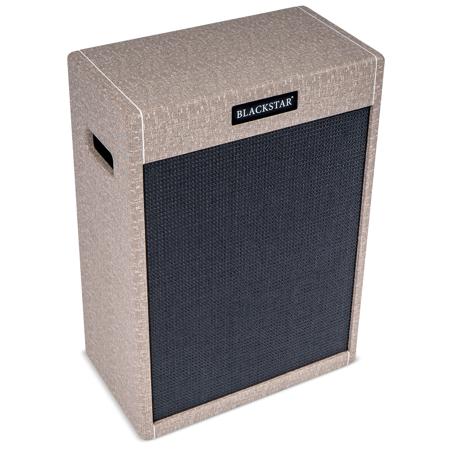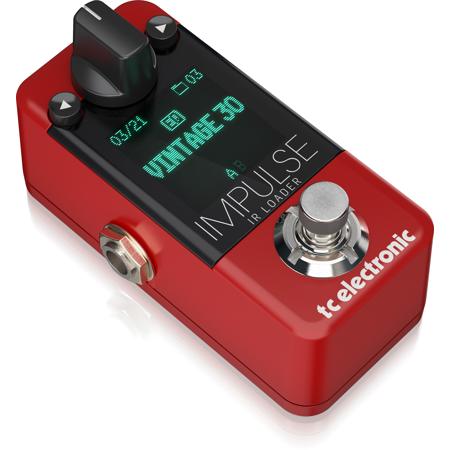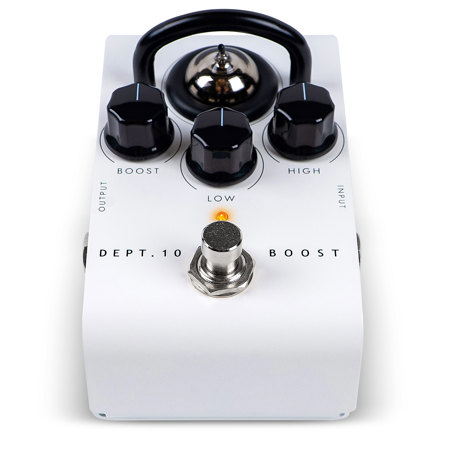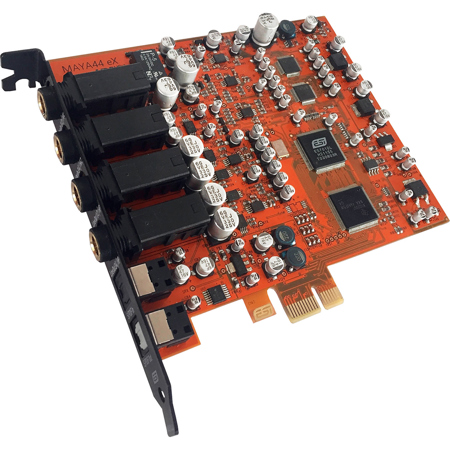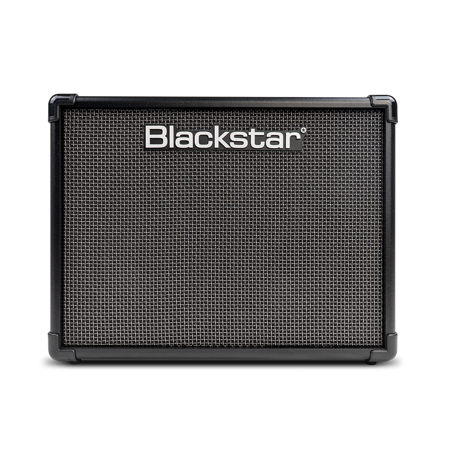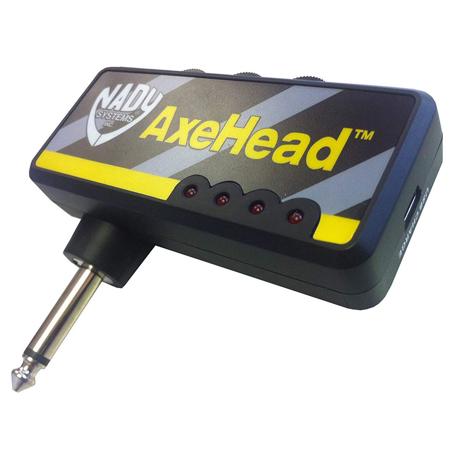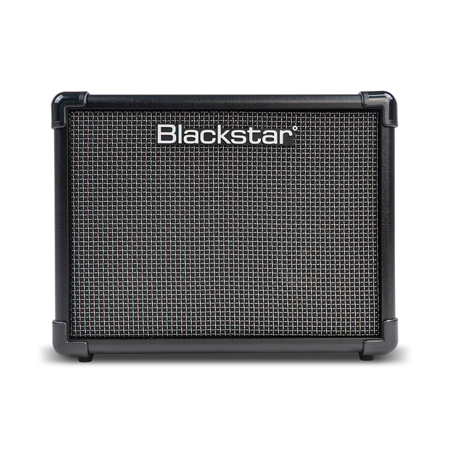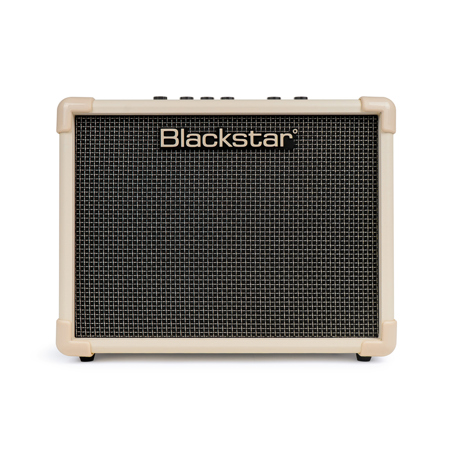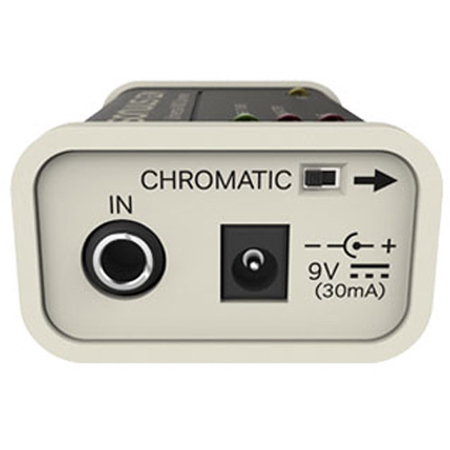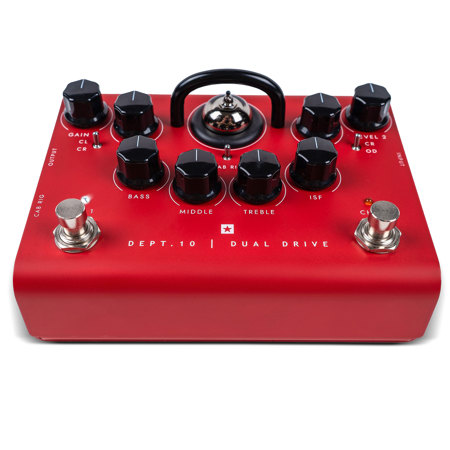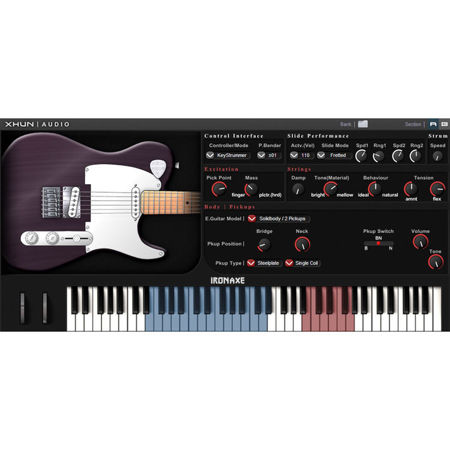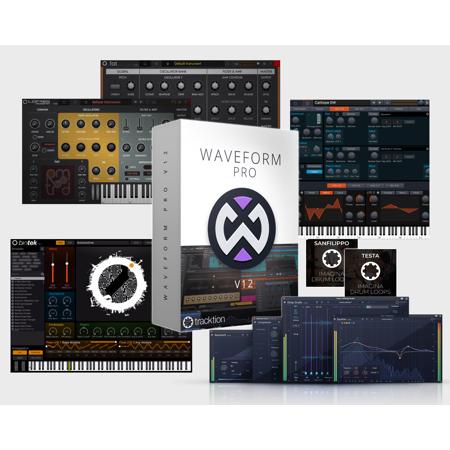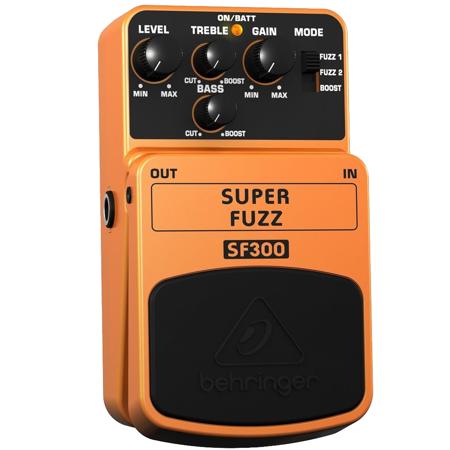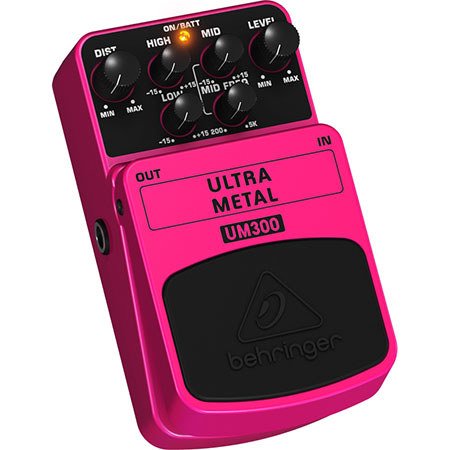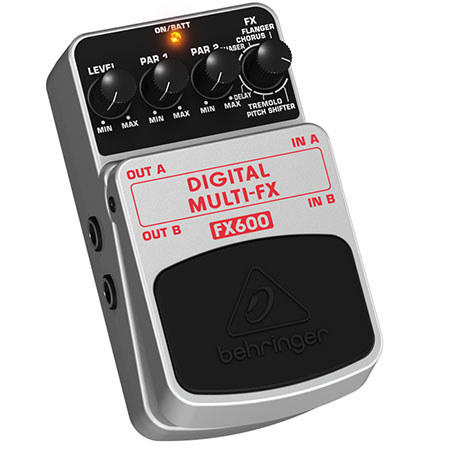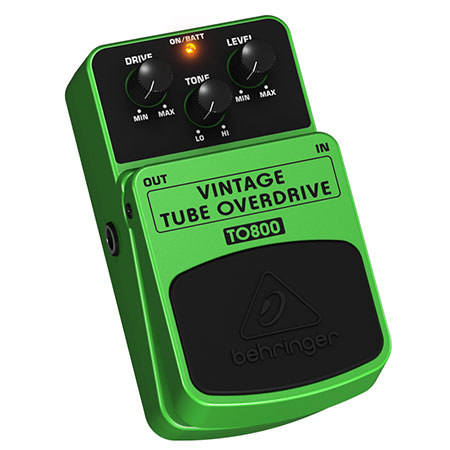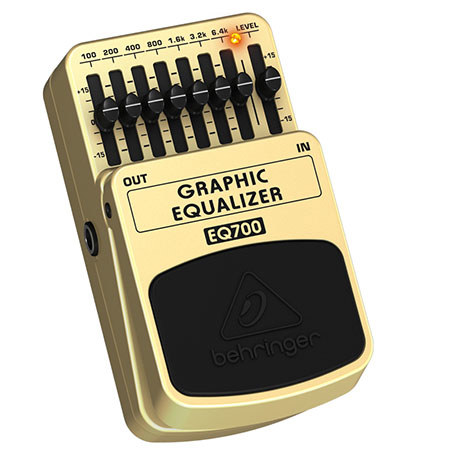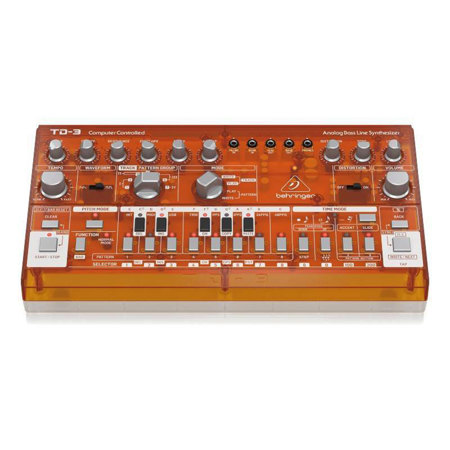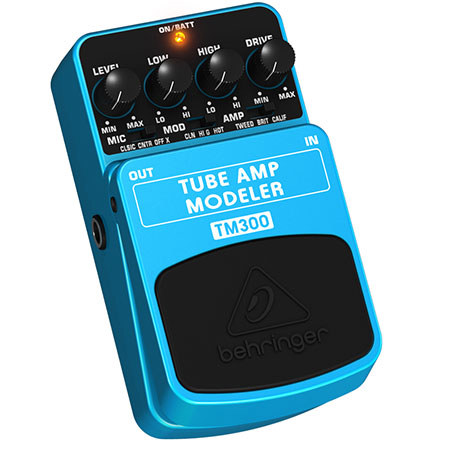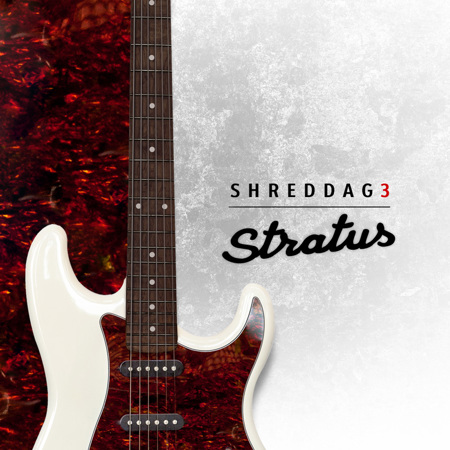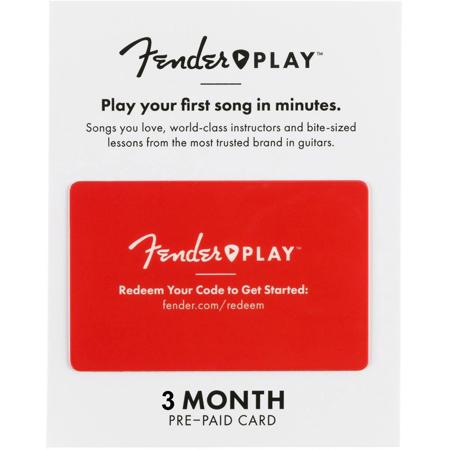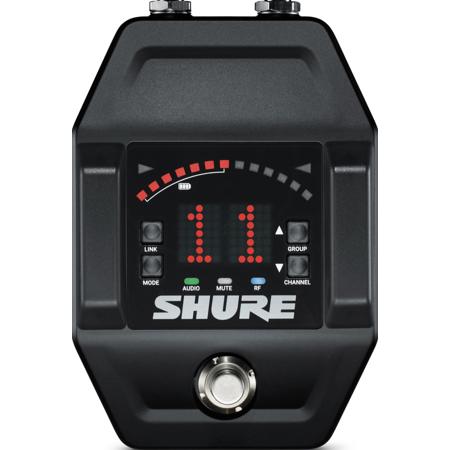Guitar Simulators
Guitar simulators have become indispensable tools for musicians, producers, and hobbyists who seek the authentic sound and feel of a guitar without the need for a physical instrument. Whether you’re a seasoned guitarist looking to expand your tonal palette or a music producer crafting intricate arrangements in a compact home studio, a guitar simulator can open up a world of creative possibilities. These devices and software solutions replicate the nuances of real guitars, from the rich resonance of acoustic strums to the searing leads of electric solos, all with remarkable realism. For those who travel frequently or have limited space, a guitar sim offers the ultimate in convenience—no tuning, no restringing, just plug in and play. As autumn settles in and the days grow shorter, many musicians find themselves retreating indoors, seeking new inspiration. This is the perfect season to experiment with new sounds, layering virtual guitars into your recordings or practicing quietly with headphones as the leaves turn outside your window.
Selecting the right guitar simulator involves considering a few key factors to ensure it fits your needs and workflow. For beginners and hobbyists, intuitive interfaces and built-in presets can make it easy to get started, while more advanced users might prioritize detailed tone-shaping controls, MIDI compatibility, and integration with digital audio workstations. Some guitar sims are designed to emulate classic amps and effects, making them ideal for players who want to recreate the feel of legendary rigs, while others focus on versatility, offering a range of guitar types and playing styles. These tools are also fantastic gifts for aspiring musicians, students, or anyone interested in music production—imagine gifting a loved one the ability to craft entire guitar tracks from their laptop or tablet, sparking hours of creativity during cozy autumn evenings. Guitar simulators are equally valuable for educators, allowing them to demonstrate techniques and theory without the logistical challenges of multiple instruments in the classroom. For those interested in exploring more digital guitar options, check out our curated selection of Virtual Guitar Software to find the right fit for your setup.
The flexibility of modern guitar simulators means they can adapt to nearly any musical context. Songwriters can sketch out ideas on the go, layering realistic guitar parts over their demos without ever picking up a physical instrument. Recording engineers and producers can audition different guitar tones in real time, saving hours in the studio and ensuring every track fits perfectly in the mix. Even live performers are embracing guitar sims, using them to trigger complex sounds and effects that would be difficult to achieve with traditional gear. As technology continues to evolve, the line between real and simulated guitar performance grows ever thinner, empowering musicians of all backgrounds to push the boundaries of their creativity. Whether you’re seeking a practical practice companion, a powerful studio tool, or a unique gift that inspires musical exploration, a guitar simulator offers a seamless blend of authenticity, convenience, and endless sonic possibilities—perfect for making music as the crisp fall air sets the mood for new creative journeys.
Selecting the right guitar simulator involves considering a few key factors to ensure it fits your needs and workflow. For beginners and hobbyists, intuitive interfaces and built-in presets can make it easy to get started, while more advanced users might prioritize detailed tone-shaping controls, MIDI compatibility, and integration with digital audio workstations. Some guitar sims are designed to emulate classic amps and effects, making them ideal for players who want to recreate the feel of legendary rigs, while others focus on versatility, offering a range of guitar types and playing styles. These tools are also fantastic gifts for aspiring musicians, students, or anyone interested in music production—imagine gifting a loved one the ability to craft entire guitar tracks from their laptop or tablet, sparking hours of creativity during cozy autumn evenings. Guitar simulators are equally valuable for educators, allowing them to demonstrate techniques and theory without the logistical challenges of multiple instruments in the classroom. For those interested in exploring more digital guitar options, check out our curated selection of Virtual Guitar Software to find the right fit for your setup.
The flexibility of modern guitar simulators means they can adapt to nearly any musical context. Songwriters can sketch out ideas on the go, layering realistic guitar parts over their demos without ever picking up a physical instrument. Recording engineers and producers can audition different guitar tones in real time, saving hours in the studio and ensuring every track fits perfectly in the mix. Even live performers are embracing guitar sims, using them to trigger complex sounds and effects that would be difficult to achieve with traditional gear. As technology continues to evolve, the line between real and simulated guitar performance grows ever thinner, empowering musicians of all backgrounds to push the boundaries of their creativity. Whether you’re seeking a practical practice companion, a powerful studio tool, or a unique gift that inspires musical exploration, a guitar simulator offers a seamless blend of authenticity, convenience, and endless sonic possibilities—perfect for making music as the crisp fall air sets the mood for new creative journeys.
